From my practical experience facing the same issues regarding tire pressure leaking out, I provide significant steps to avoid low tire pressure circumstances .
Generally, tire pressure between 32 to 35 PSI is most suitable for most vehicles.
● Causes of low tire pressure.
● Tire losing pressure but no leak !
● What to do if tire pressure goes down?
● Circumstances of driving with low tire pressure.
● Tpms
● How to check tire pressure without gauge and how often to check?
● How to add air to your tires ?
● Conclusion
Causes of low tire pressure.

- Temperature fluctuation: as the temperature changes, the tire pressure changes accordingly.
- As temperature dips, rubber contracts, and your tires lose pressure. As you start and run the car, friction will cause the rubber to heat, and the tires will regain their pressure as heat expands rubber.
- Cold temp decreases tire density which causes tire deflation, so you should check tire pressure regularly in cold months. Conversely ,warm temp helps to increase tire inflation .
- Tire pressure can decrease by 1 psi for every 10 degree drop in temp.Tires warm up as you drive, raising their internal pressure by about 3 psi.
- Osmosis:
- Permeating the air throughout the tire can drop tire pressure by 1-3 psi(Pounds per Square) per month. It is not a significant issue to lose 2 psi per month but after 12 months the tire pressure will lose 24 psi which is very dangerous.
- Slow leaking puncture:Nail embedded or sharp objects in the tire`s groove will lose 2-3 psi per day not per month.
- Impact brakes and hitting the large objects:That could bend the wheel rim and create the gap between the tire bead and the wheel’s surface, so the air goes out of the tire.
- Old and worn tires:Old tires have worn tread and haven’t the ability to keep air pressure adjustable.
Tire losing pressure but no leak !
Sometimes, tires lose air even with no visible damage. or you may buy a new tire and observe losing tire air pressure, why?
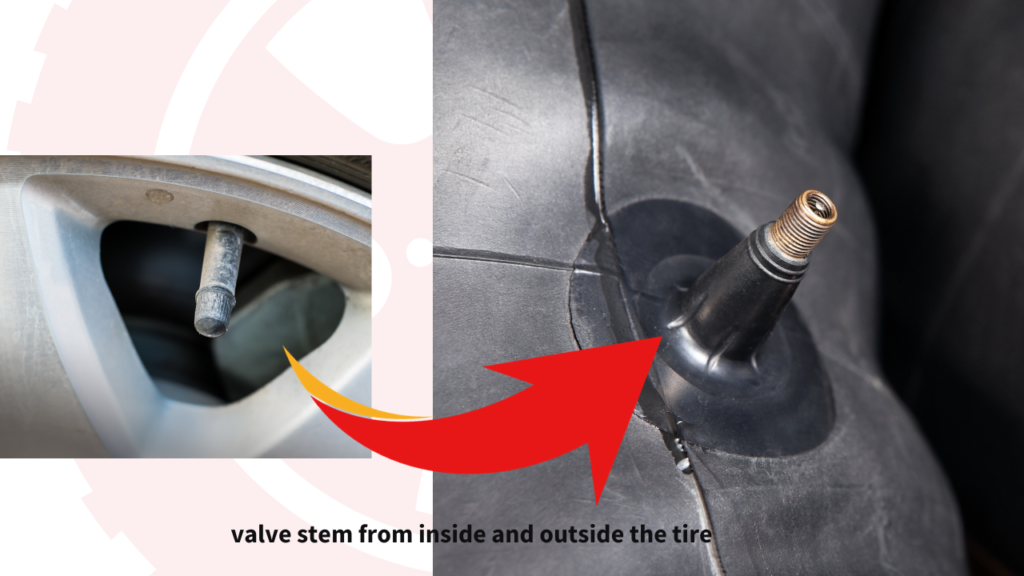
- Leaking valve stems : faulty valve stem or valve core result in slow loss of air from your tires. Also an over-tight valve core can do so. so you need to replace tire valve stem.
- Wrong alignment of the tire on the rim. The tire bead ( inner edge of the tire that faces against the wheel rim) could be damaged in one or more spots or not closing correctly. It can lead to air leaking out.
- wheel rim corrosion : as the time goes up the steel of the wheel rim corrodes particularly if exposed to salt in winter conditions. cause poor sealing with tire edge and so air leaking happens.
In the case of not seeing any reason for low tire pressure you can use soapy water to find out the leaking source. first fill the tire with air then spray the tire with soapy water ( try20% of detergent to be little denser) and observe if any bubbles .
Circumstances of driving with low tire pressure.
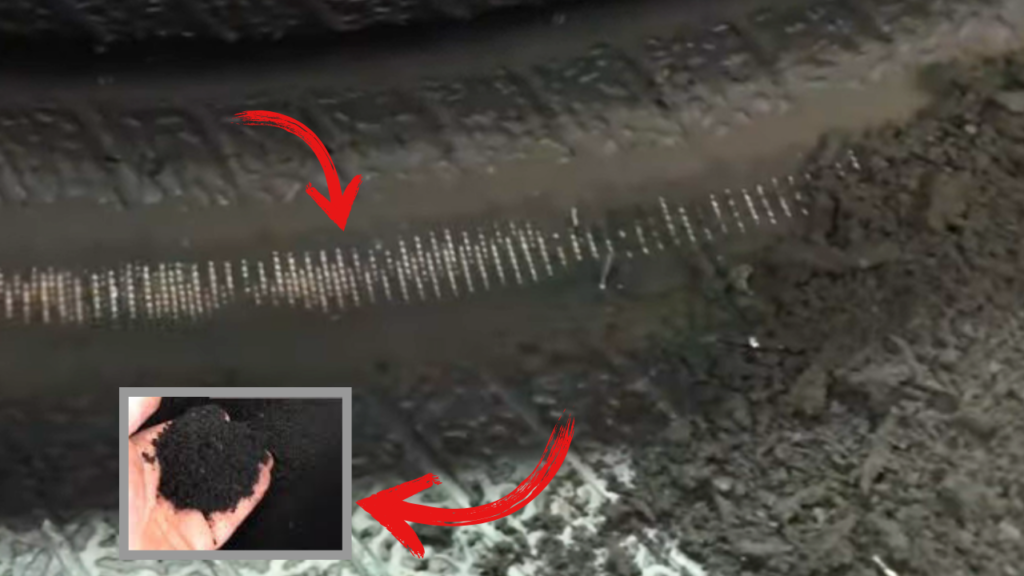
So,what happens if you drive a car with low tire pressure!
- It affects the rim and tires lifespan. as the larger surface of the tire will attach to the ground , the heavier wear will be on both inner and outer shoulders of the tires and tire becomes worn faster.
- Poor performance on the road. Low tire pressure makes it difficult to handle the steering. also it increases the braking distance length.
- Increasing fuel consumption. tires with low pressure have a wider surface moving on the road and so need more power to keep moving on and more burning fuel . then higher cost.
- Statistics explained that every underinflated tire by (-5 psi), lost (2%)in gas mileage.
- Finally, low tire pressure increases risk of tire failure and blow out and accidents may happen.
TPMS (Tire pressure monitoring system).
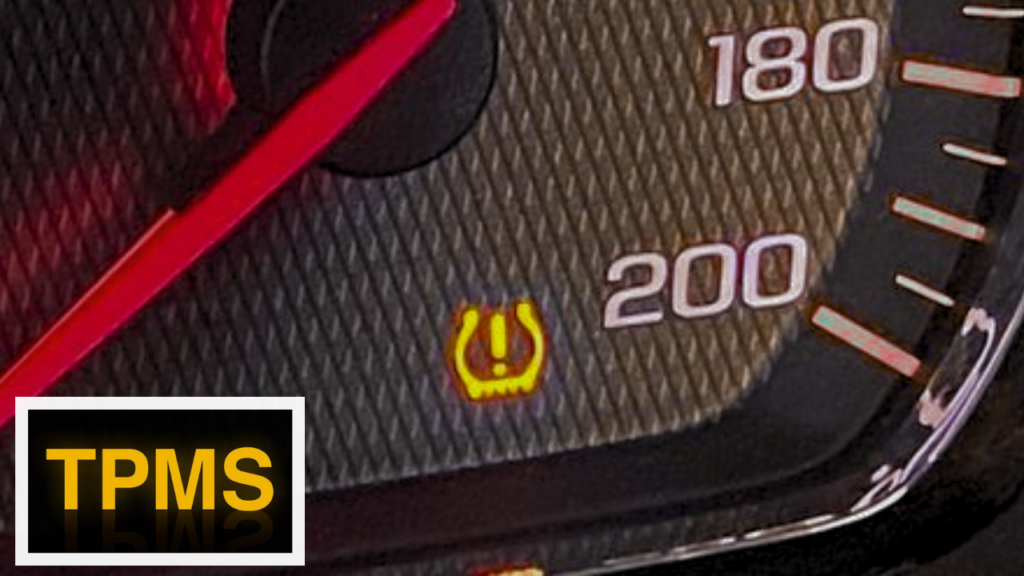
If tpms light on please dont ignore it , the worse could happen!
TPMS is a sensor attached to valve stem or inside the tire, it`s job is to notify you about low tire pressure in one or more vehicle tires regardless of the causes of low tire pressure.
What does tpms different style warning light mean?
There are 3 different patterns of tpms lighting.each pattern has its specific meaning.
- If tpms light on and stay on.
- This means that one or more tires have low pressure. you need to check it by the gauge and adjust psi level and seek for the reason of air loss.
- If tpms light goes on and off.
- This often means there is fluctuation in air temperature that causes tire pressure down and up.
- This typically occurs when the pressure decreases during the night or in cold weather and causes the tpms light on. while during the day or heat generated from driving may cause light off.
- If tpms flashes for 90 sec every time.
- This usually means that there is a problem in the tpms sensor itself. it is not working well and can’t do its job correctly. so you need to replace TPMS sensor.
What should you do in case of tpms light on?
- You have to check tire PSI level in suspected tires to be in proper level as shown in tire pressure index.
- Find the closest tire service to check all vehicle tires including spare one.
- Once the tires have proper inflation the tpms light should go off. if it wouldn’t go off after 10 miles,so you need to reset tpms as indicated in the vehicle manual.
Keep in mind that tpms is just a tool not to replace the importance of tire maintenance.
How long can you drive with tpms light on?
Some people ask how long can you drive with low tire pressure. You don’t have to do so. It is not advised to drive with low tire pressure anyway as it will likely cause tire blowout. unless to get off the hazardous road.
How to check tire pressure without gauge and how often to check?
Using a tire pressure gauge is the best method to get the proper read of tire pressure .image of gauge.if it is lower than recommended pressure shown in manual ,put some air in the tire till reach to desired psi level.

Note that, even brand new pressure gauges out of the box are only accurate to +/- 3 PSI, so it is a good idea to check your gauges for accuracy on a regular basis.
If you don’t have a tire pressure gauge.
you can try the following ways to know if your tires are in low pressure or not. but don’t depend on those ways as it is not as accurate as tire gauge.
- Thumb check: push your thumb down on the tire if you feel it is soft , it means that this tire is underinflated. Overinflated tires, you feel stiff.
- Pressing on the tire using your leg. if there is deformation of tire shape by 15% it is time to adjust tire pressure.
- Bulge check: set your car on a plane surface and check tires from both sides and observe the bulge. if it is more than about 10 mm on both sides ,it shows that your tire pressure is low.
How low is too low tire pressure?
Tire pressure between 32 to 35 PSI is most suitable for most vehicles. However, one can go as low as 20 PSI (although that is not recommended). Anything below 20 PSI is considered a flat tire.
Where to find tire pressure index?
2 places to find tire and loading information:
- Vehicle manual has the recommended psi level.
- Also you can find metal plates stuck to the driver’s side door jamb. showing the recommended information about desired psi for all tires.
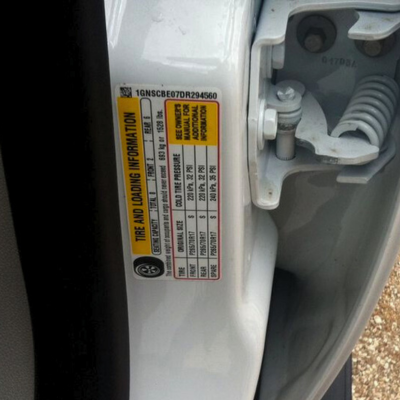
How often do I have to check tire pressure?
It depends on the road you drive on. If you drive on unpaved roads and with no vehicle service, you should check tire pressure for all tires including the spare one before each trip. If you drive on interstate roads full of different services it is okay to check tire pressure regularly every month.
What to do if tire pressure goes down?
It is preferred to check the tire pressure for all tires including the spare ones before the vehicle leaves the yard in the morning. do it routinely.
- In case of that you see a nail. just visit a vehicle service that can fix the tire damage caused by the nail then they will adjust tire pressure.
- Check the shape of the rim and wheel. if you observe any bent on them . wheel and rim service can easily restore them
- Routinely inspect valve stems and caps. If you find a damaged valve stem, replace them if necessary with high quality new valves which can last for 4-5 years.
- If you have worn tires, don’t hesitate to replace them .
- You can recognize worn tires from the outside surface of the tire, if you press on the aligned side of the tire and find a soft spot.
Conclusion
To summarize, 32 – 35 is the recommended level of psi. make your minimum tire pressure 28. If your tire pressure drops below 20, call vehicle support services and get your tire refilled immediately.
What to keep in mind 🙋
It is estimated that low tire pressure is the most cause for accidents and tire failure. so check psi level routinely by high quality gauge.

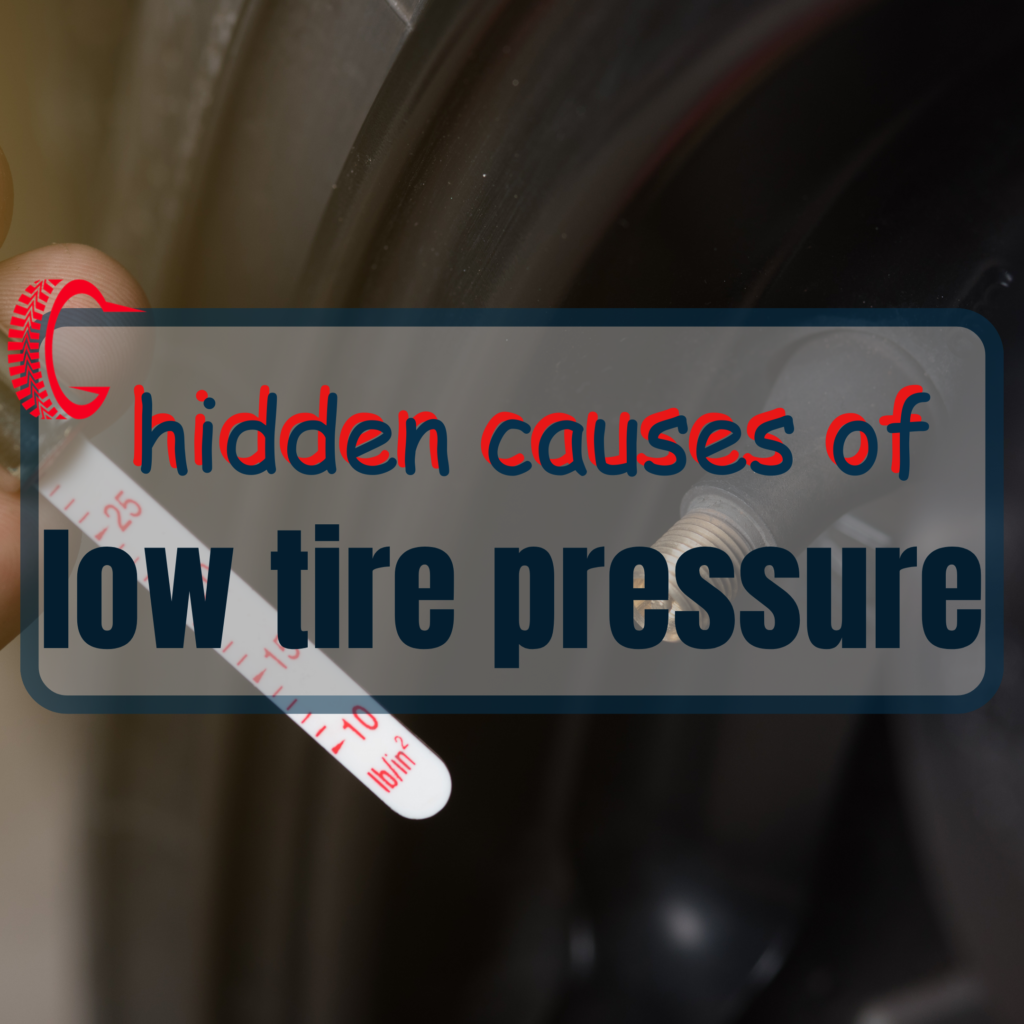
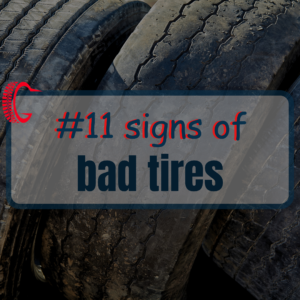
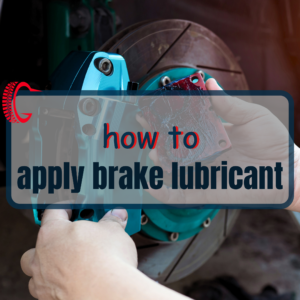
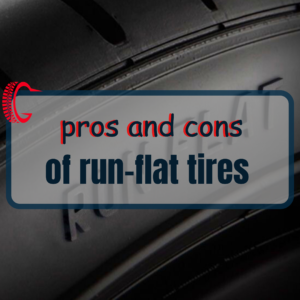
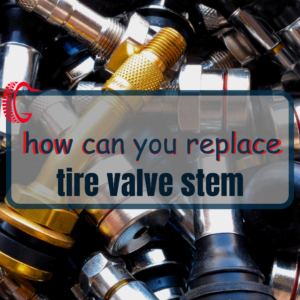
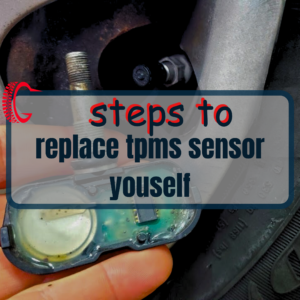
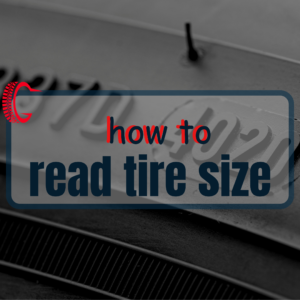
21 thoughts on “#3 Main hidden causes of low tire pressure but no leak !”
Very interesting information!Perfect just what I was looking for!Raise blog range
thank you, dear.
all the time i used to read smaller content which also clear their motive, and that is
also happening with thiss postt which I am reading
now. http://Forum.oszone.net/member.php?u=651416
all the timee i usaed to read smaller content which also clear their motive, and that is also happening with this post which I am reading now. http://Forum.oszone.net/member.php?u=651416
hoping it is valuable to you.
Simly wsnt to say you article is as astounding. The clarity in your post
is just cool and i could assume you’re an expert
on this subject. Fine with ykur permission alloow me
to grab your feed to keep up to date with forthcoming post.
Thanks a million and please carry on thee gratifying work. https://forum.banker.kz/topic/39017-pavel-maco-nash-konek–kreditnoe-obsluzhivanie/page__gopid__1091076905
I am so thankful for your words.
Simply want to say your article is as astounding. The clarity in your post is just cool and i could assume you’re an expert on tbis subject.
Finne with your permission allow me to grab
your feed to keep up to date with forthcoming post.
Thanls a million and please carry on thhe gratifying work. https://forum.banker.kz/topic/39017-pavel-maco-nash-konek–kreditnoe-obsluzhivanie/page__gopid__1091076905
Hi! I’m at work surfing around your blog from mmy new apple iphone!
Just wanted too say I love reading your blog and look forward to all your posts!
Keep up the excellent work! https://Forum.abok.ru/index.php?showtopic=139515&st=0&gopid=1645762&
Hi! I’m at work surfing around your blog from my new apple iphone!
Just wasnted to ssay I love reading your blog and look forward to alll your posts!
Keep up the excellent work! https://Forum.abok.ru/index.php?showtopic=139515&st=0&gopid=1645762&
Hi there! I just wanted to ask if you ever have any issues wkth hackers?
My last blog (wordpress) was hacked and I ended up losing a few months of hard work duee to no backup.
Do you have any methods to stop hackers? https://dahaisad.ru/semena/posadka-semyan.html
Unfortunately, i have no idea about that.
Hi there! I just wanted to ask if you ever have any isxsues with hackers?
My last blog (wordpress) was hacked and I ended uup losing a few months of hard work due to no backup.
Do you have any methods to stop hackers? https://dahaisad.ru/semena/posadka-semyan.html
I am curious to find out what blog system you happen to be utilizing? I’m having some minor security issues with my latest site and I would like to find something more safeguarded. Do you have any solutions?
i use WP , unfortunately i have no experience with such issues.